Mark Your Calendars: The Grand Tourist 2026 Guide to Art and Design Fairs
A great design or art fair sets the tone for the year, defines the conversations, and points to where taste is headed. These are the fairs defining 2026. Save the dates.
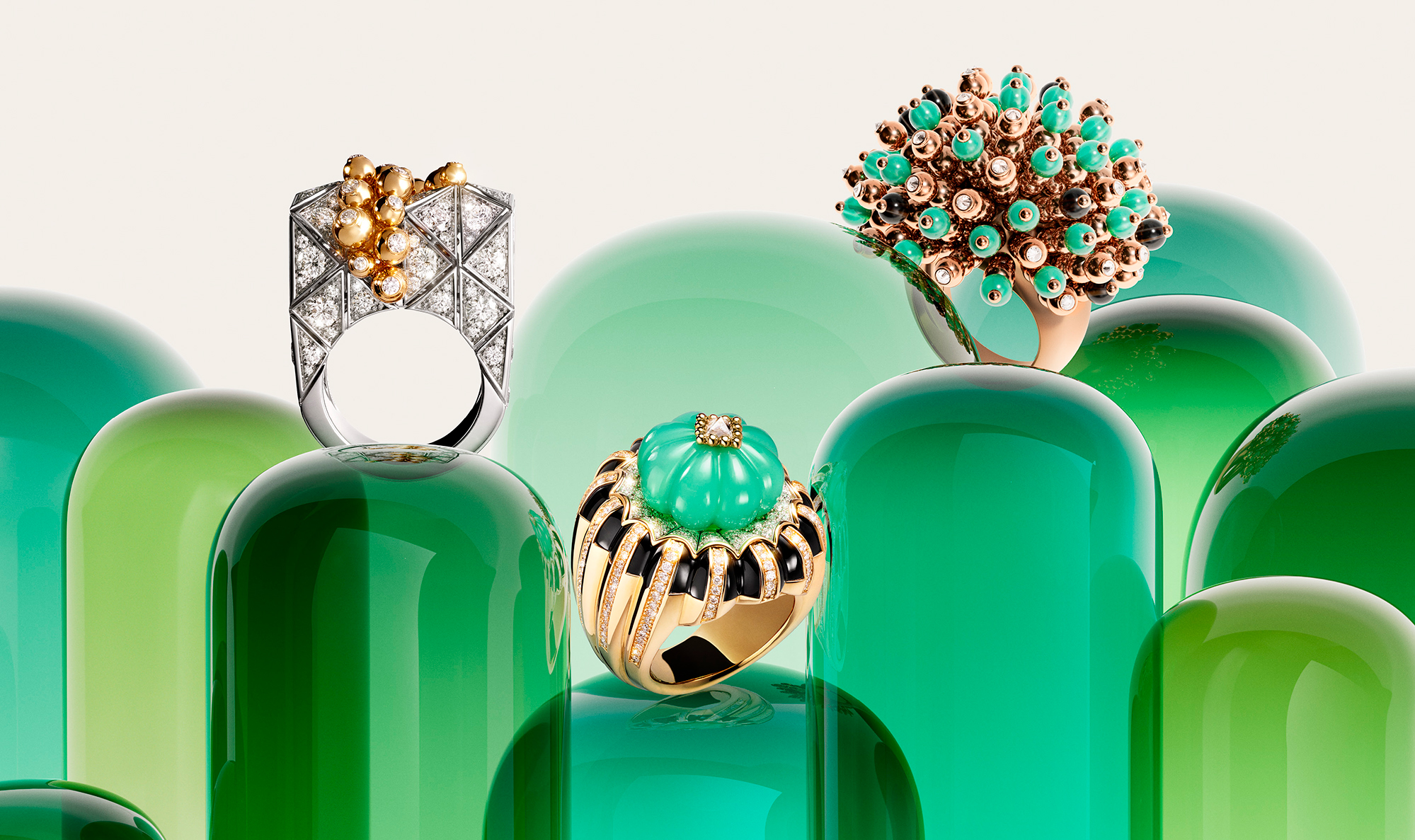
You’re reading The Grand Tourist Curator, our weekly newsletter with the latest handpicked news and insights from the worlds of art, design, style, food, and travel. Sign up here to get The Curator delivered directly to your inbox.
In the decade or so that I worked as jewelry and watch director at Wallpaper* magazine, and the couple years spent at The Daily Telegraph newspaper, I have been lucky enough to travel the globe with the French maison and become fully immersed in the Cartier universe. It has been, of course, an amazing journey. But there’s a tiny fact that never ceases to amaze me: that the French jewelry and watch house survived two World Wars. There was a fissure with regards to ownership in the 1970s, but it survived that, too.
But then, there are always design innovation projects bubbling away at Cartier—a revolving ideas lab, across the business, that I believe is key to the brand’s staying power. The Cartier Libre program is one of them. Since 2002, each year, the maison has given free rein to its watchmaking, jewelry, and accessories studios to dismantle iconic house motifs and reassemble them through a contemporary lens. This year the Cartier Tutti Frutti (“all the fruits”) design is in the spotlight.
The Tutti Frutti story began in 1919 when the Cartier brothers—Jacques, Louis, and Pierre—traveled to India, seduced by the beauty, craft, and richness of its native arts. The natural bounty of the country’s gemstones, namely the giant rough-cut rubies, emeralds, and diamonds, were a significant draw, too. Having set up business in what was then Bombay, the brothers were captivated by the Indian art of carving gems into bountiful bunches of fruits, leaves, buds, and flowers. The maharajas, meanwhile, were fascinated by the French jeweler’s technical settings and story-led designs.
A natural exchange occurred. Back in Paris, the Cartier Tutti Frutti style emerged, a daring mix of technique and creativity that shocked a society where the white diamond reigned supreme. The socialites of the day, who were always on the lookout for the Next Big Thing were, of course delighted. Daisy Fellowes, heiress to the Singer empire and Paris correspondent for Harper’s Bazaar, was famously captured by Cecil Beaton wearing her Tutti Frutti necklace in 1936. Cartier finally patented the design in 1989.
The 2024 Cartier Libre project, named Tutti Tutti (“Everything, Everything”) sees the design studio toying with the original style’s voluminous nature, colors, forms, and cuts. The carved-gem style is highlighted by voluptuous melon-cut stones atop ample gold rings, their settings mirroring the stones’ curvy forms. The introduction of black onyx, white diamonds, and green chrysoprase to the original Tutti Frutti style is a witty nod to the Art Deco palette that has remained a Cartier calling card since the 1920s.
Beyond the riot of colors, a geometric mosaic of white gold and white diamonds, buoyant with bursts of gem-set “bubbles,” becomes a rich fabric around which a ring, bracelet, and necklace are imagined, harking back to the stark lines, contours, and ball bearings associated with the Machine Age. Then there’s the sheer, tactile delight of the pastel-sapphire-set Coussin ring and bracelet, which harness a secret digital-age Cartier innovation, a flexible setting with a joyful rebound effect. In other words, hard metal and stones become wonderfully tactile, bouncy to touch, and brimming with joy. As Pierre Rainero, the maison’s director of image, style, and heritage recently reminded me, “We must not be too serious about it all—jewelry is also fantasy. It’s there to play with, too.”
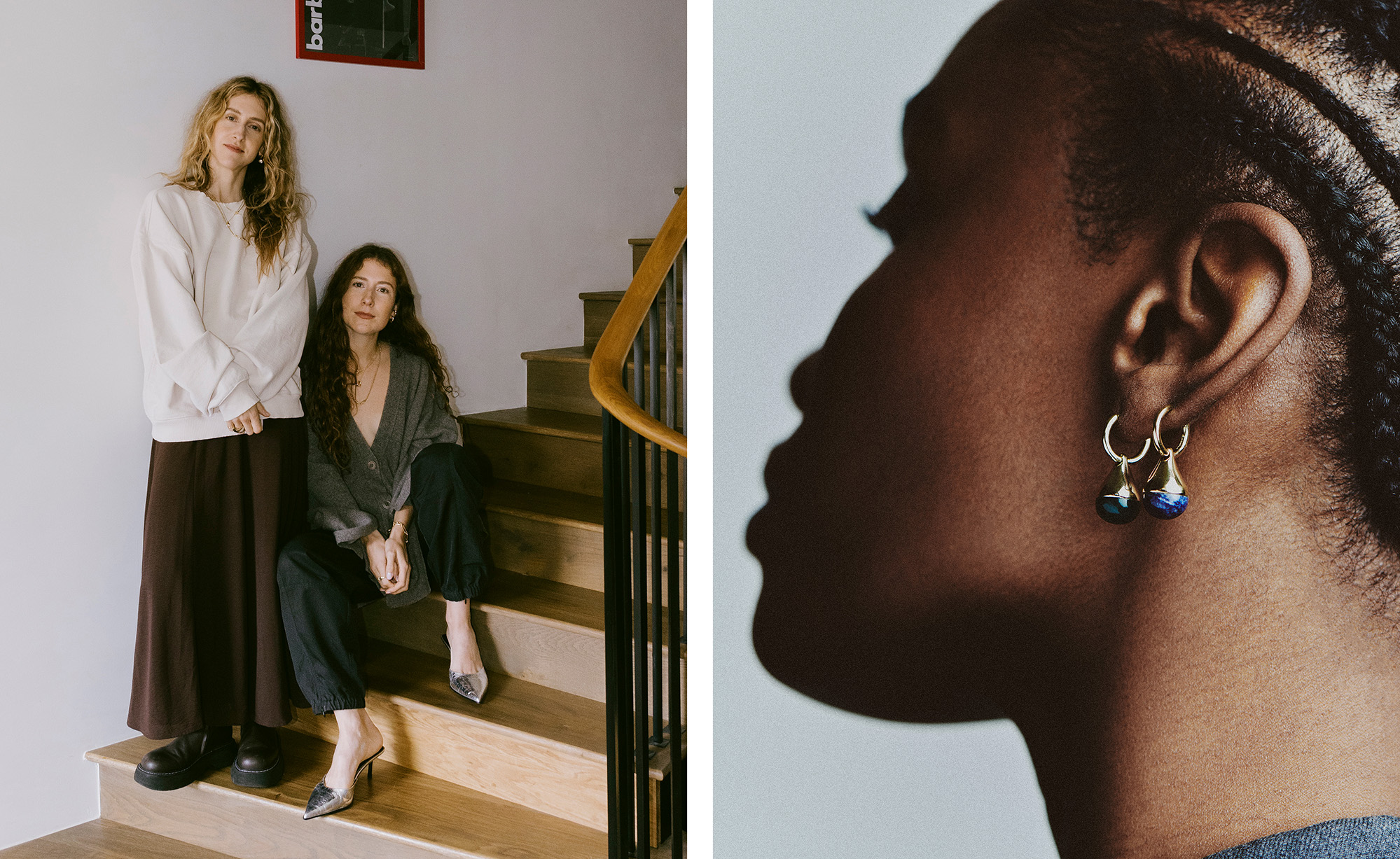
Meet the Sibling Founders of a Jewelry Brand Joining a Trove of Independent West London Boutiques
Dedicated sisters and brand founders Rosanna and Christie Wollenberg created their directional fine and demi-fine jewelry label Otiumberg in London in 2016. The name is a coming together of the Latin “otium,” roughly translated as “me time,” and the latter part of the family surname. “We had an idea of pieces that went with us everywhere and that represented something more, whether a symbolic bond, a story, a milestone, or a simple reminder of what’s actually important,” Rosanna reveals of the personalized pendants and stackable designs that have become Otiumberg’s mainstay. In a few weeks’ time, the sisters will reach a very important milestone indeed when they finally open the doors to the first Otiumberg boutique, a traditional town house in London’s fashionable Holland Park area. The store will also double as their headquarters, while an external, canopied seating area is imagined as a social client hub.
It’s the perfect moment, as the brand has continued to grow, and ever since Gladiator II star Paul Mescal was seen wearing Otiumberg’s oval pendant necklace while out running in London, the demand for personal connections has grown. “Appointment requests have dramatically increased,” Rosanna confirms, “so our mission was to create a better brand experience for our clients.”
Naturally, the sisters have been closely involved in the design of the interior, taking inspiration from the area’s antiques-filled Portobello Road Market, with steel and glass haberdashery-style display cabinets housing the jewelry collections. “The store will share a promenade with the Michael Hoppen Gallery and is just down the road from Julie’s, where our mother used to hang out,” reveals Rosanna. “We love the idea of Otiumberg being part of this destination village.” otiumberg.com
More West London boutiques to know:
Vicki Sarge
It was early summer when Vogue contributor and World of Interiors editor-in-chief Hamish Bowles cut the glossy pink ribbon that opened the doors to famed costume-jeweler Vicki Sarge’s Kensington Church Street boutique. The “undisputed queen of costume jewelry” has been working with award-winning film costume designers for decades. And, as fashion’s costume jeweler of choice, Sarge is the stylist’s go-to for bespoke fashion-shoot pieces. The new boutique, which offers many affordable pieces, also hosts collections by international designers. The archive room, meanwhile, displays a selection of Sarge’s past jewelry designs for films, including those worn in Yorgos Lanthimos’ The Favourite.
Louisa Guinness Gallery
A well-known figure in the artist-jeweler scene, Louisa Guinness recently relocated from her renowned Mayfair gallery to this airy new space in South Kensington. It underlines West London’s growing reputation as a hot jewelry destination worth making a detour for, despite a potentially awkward public-transport trip. But oh boy, what a collection. Guinness is known for her superb trove of rare jewelry designs by 20th-century artists including Alexander Calder, Max Ernst, Lucio Fontana, and Pablo Picasso. Then there are the commissioned works by artists such as Antony Gormley, Ettore Sottsass, and Grayson Perry. If you’re looking to buy, be prepared to dig a very deep hole in your pocket. But do visit and enjoy surprising designs by all the great artists, which you will most likely be looking at for the very first time.
Couverture & The Garbstore
This three-story London town house has been a stylish bolt-hole for well-heeled West London neighbors since 2008. But then, Emily Dyson and menswear designer Ian Paley had a clear vision from the outset: “to champion niche, independent labels; provide a showcase for emerging talent; and offer limited-edition products and curated collaborations.” And so it is with Coverture’s revolving collections of demi-fine pieces by independent jeweler names you’re unlikely to have heard of. Current favorites include Pascale Monvoisin’s delicate 9-karat-gold diamond “eye’” Souad rings in rose quartz, the serrated setting adding a slightly subversive touch. The single Souad hook earrings adorned with quartz and pearl beads would make for a perfect everyday jewel, and they have the aura of an ideal gift about them, too.
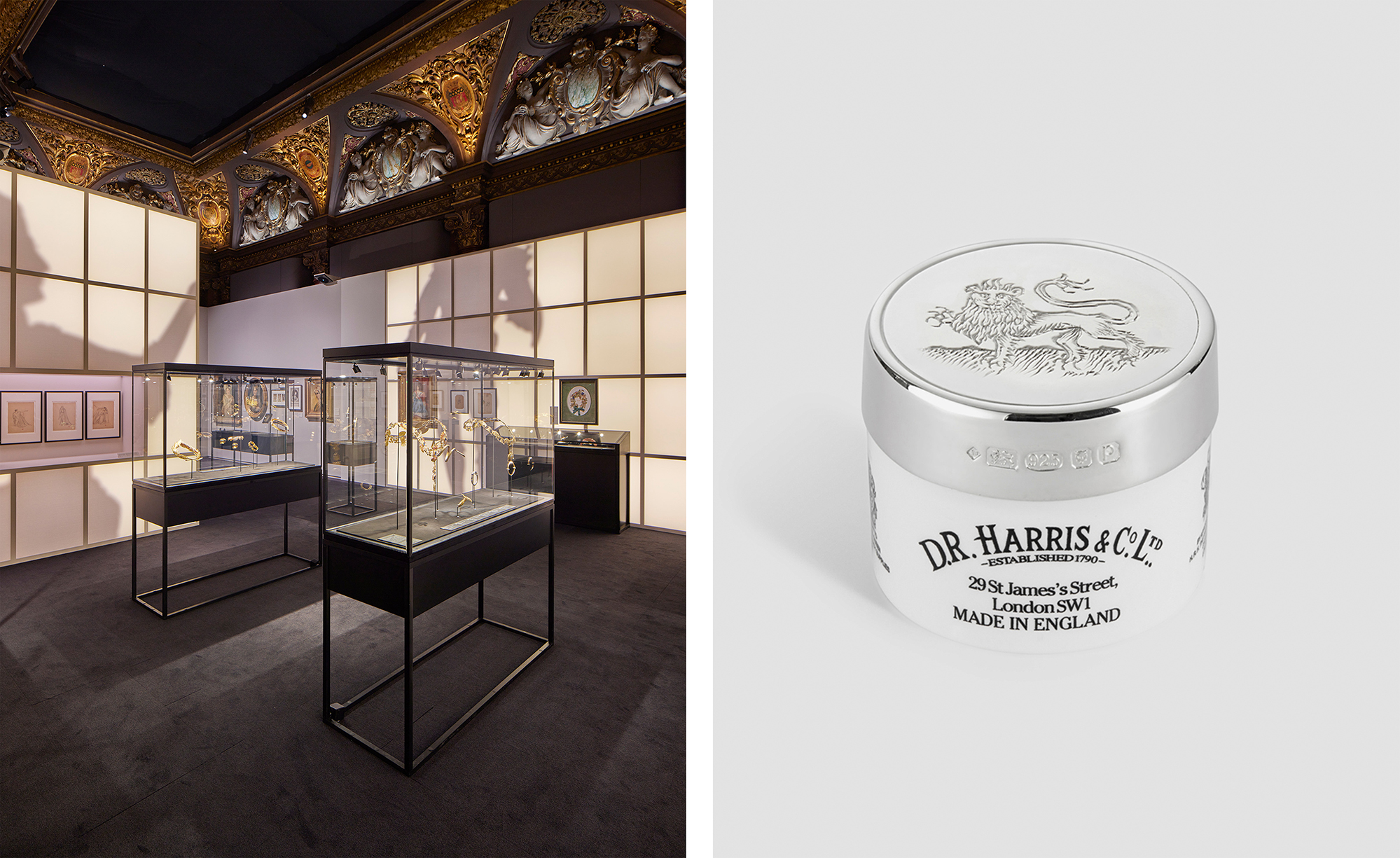
Explore the Stunning History of Theatrical Costume Jewelry in Paris, and How to Acquire the Most Extravagant Lip Balm
A Golden Era
If you like the idea of concise, well-curated exhibitions as an antidote to crowd-pulling shows, then a visit to the Van Cleef & Arpels–supported L’École, School of Jewelry Arts in Montmartre, is a perfect palate cleanser. The current show, “Comédie-Française, L’École des Arts Joailliers,” which runs until October 13, is an illuminating history of costume jewelry created for actors, starting from the era of the Comédie-Française, the troupe founded in 1680 by King Louis XIV. Worn by the greatest actresses and actors of their eras, these stage-worthy jewels often played a pivotal role in dramatic productions, capturing the imaginations of the audiences who were lucky enough to see them. There are classical coronets aplenty, being that many of the shows revolved around Greek myths, but the gold tragedy-comedy mask owned by legendary French actress Sarah Bernhardt is a showstopper. Crafted in gold, with emerald leaves and enameled ribbons, it was created by another legend, the great René Lalique, jewelry and glass designer and craftsman extraordinaire. While pieces created prior to the 19th century no longer survive, paintings, artworks, and manuscripts fill in the gaps. The exhibition also reveals that while stage jewelry was not precious itself, leading jewelers and craftsmen were required to design them, for a strong stage presence was paramount. lecolevancleefarpels.com
Lip Sync
Two classic London houses come together in typically understated fashion to present a silver-lidded lip balm. The balm, a soothing mix of cocoa-seed butter and menthol, is created by D.R. Harris & Co., one of the oldest apothecaries in the city, founded in the refined district of St. James’s in the late 1700s. It continues to operate today, seemingly unchanged, offering pharmaceutical services and its own brand of gentlemen’s colognes and shaving accoutrements. Bunney, meanwhile, founded by jeweler-craftsman Andrew Bunney in London in 2009, has created the balm’s bespoke sterling-silver lids, hand-engraved with the zodiac motif of each of the 12 star signs. Bunney also prides itself on traditional craft principles, which is why its trend-averse silver and gold jewelry, including heavy-link chains and bracelets, hammered metal bangles, signet rings, and signature badge pins, just never, ever date. bunney.co.uk

A great design or art fair sets the tone for the year, defines the conversations, and points to where taste is headed. These are the fairs defining 2026. Save the dates.
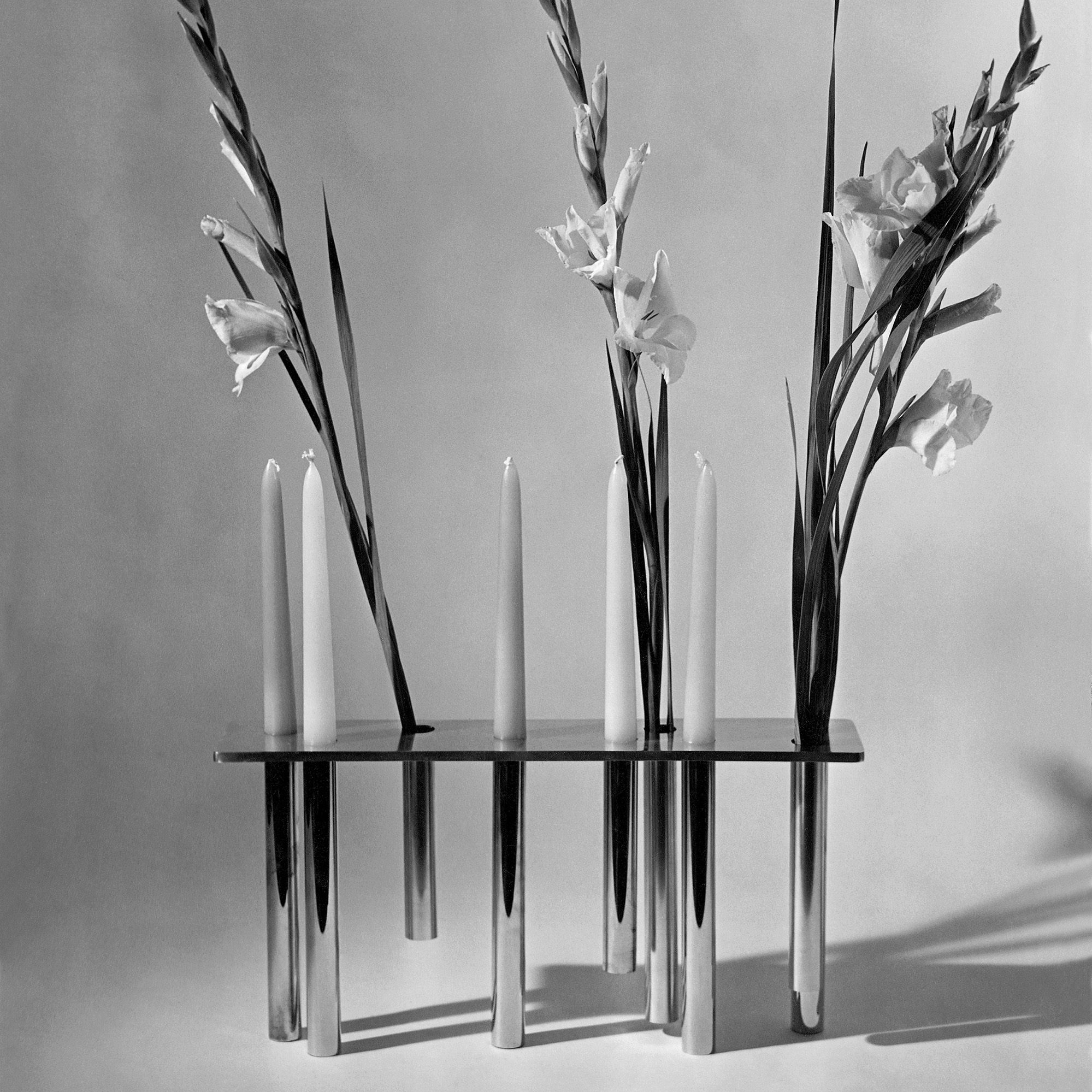
We assembled our favorite design objects for the people on your list that have everything, including taste.
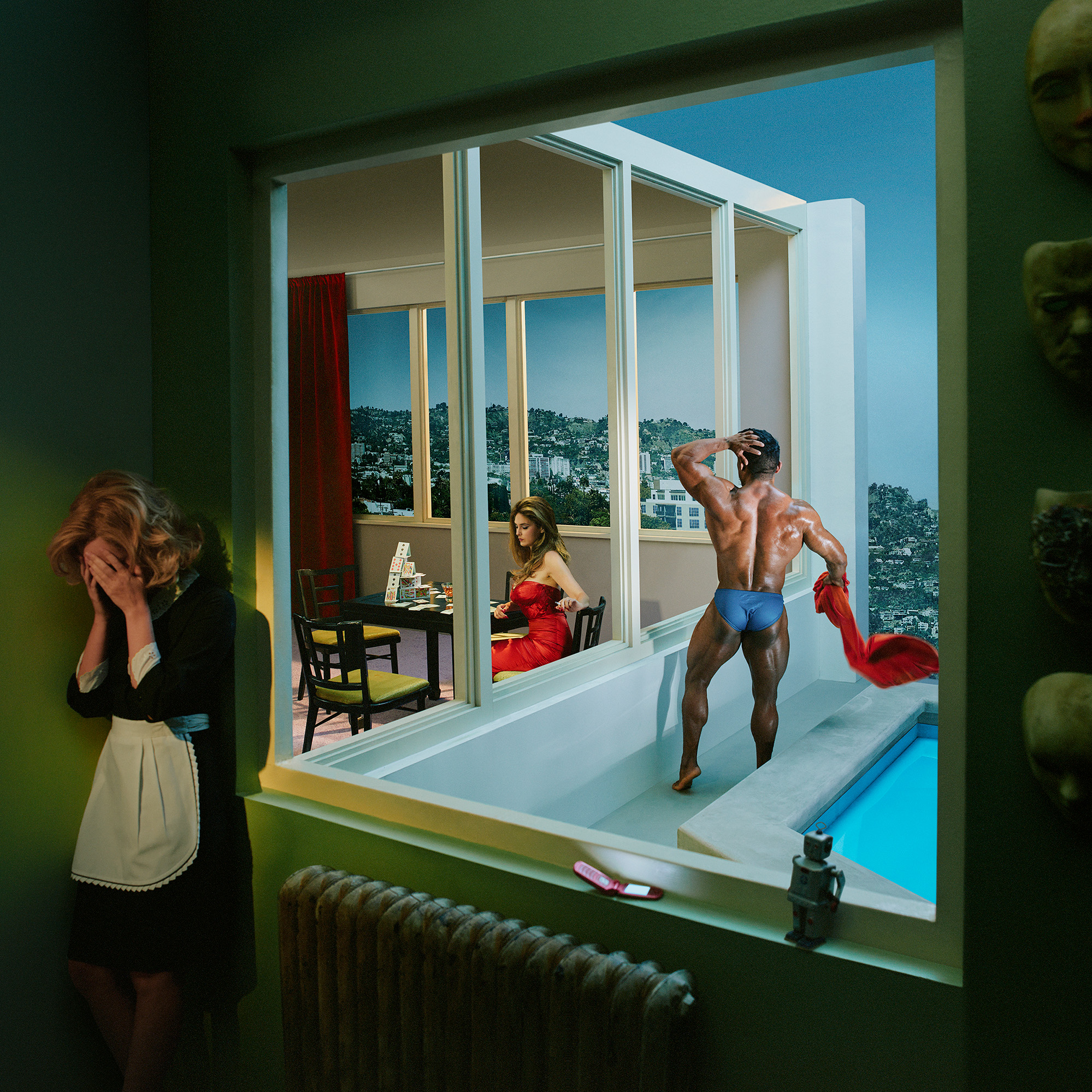
We checked in with our former podcast guests who will be inching through Miami traffic, unveiling new works, signing books and revealing new projects this year.